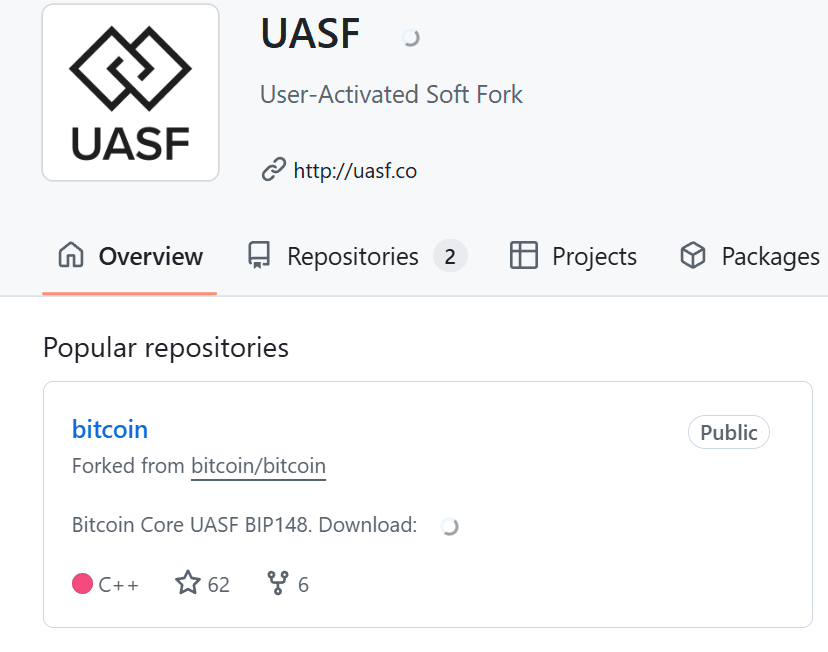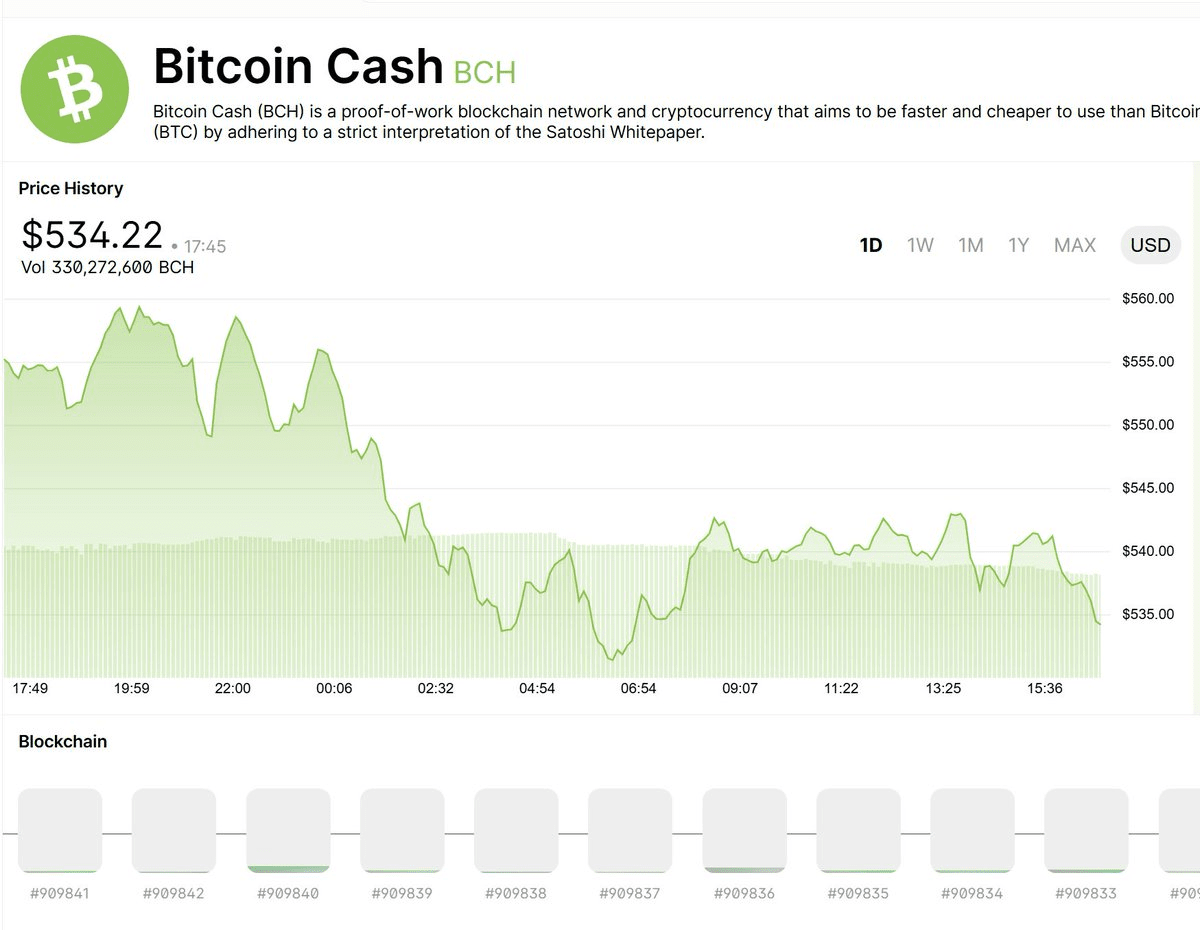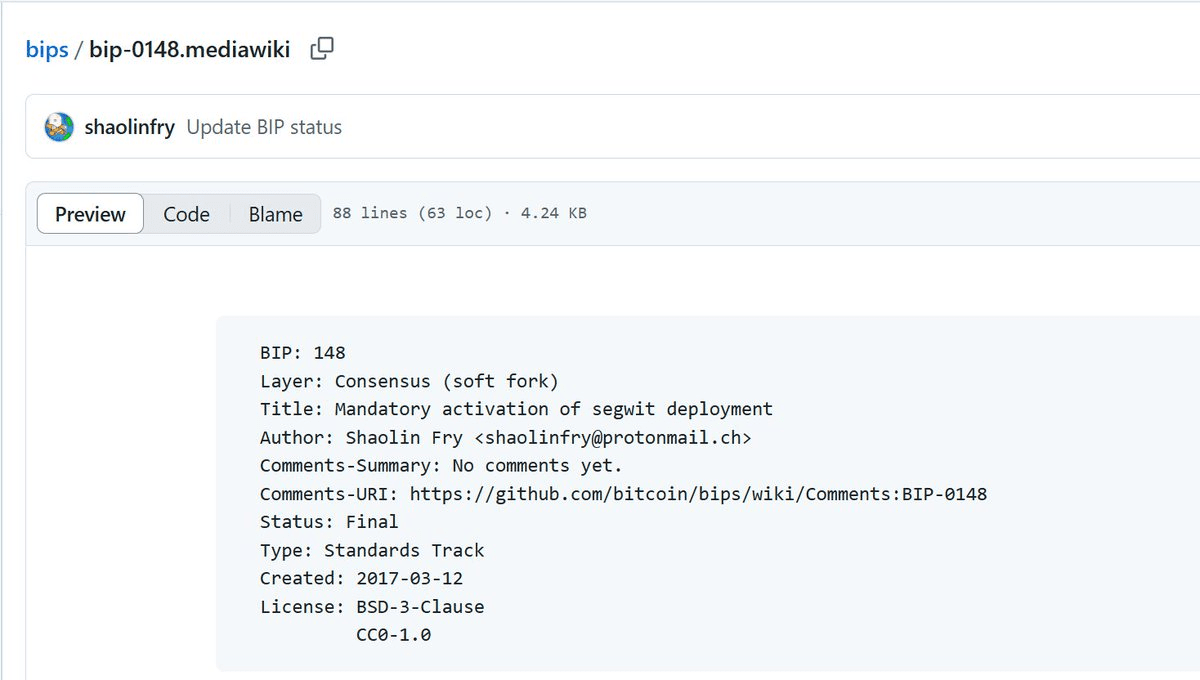Observations and personal views from Nothing Research Partner 0x_Todd. The following content does not constitute any investment advice.
August 1 is actually a great day for Bitcoin; it is Bitcoin's UASF Day, which can also be called Bitcoin's Independence Day.
Independent from whom? Independent from the mining monopolists.

Time goes back to 2017; if Bitcoin was destined to face a calamity, the summer of 2017 might be that calamity. Bitcoin almost split, and BCH reached as high as 30% of BTC's price.
Bitcoin is different from other blockchains; its upgrades are particularly cautious, and because there is no centralized institution, its upgrades are all soft forks, meaning they are backward compatible.
What is a soft fork? Theoretically, if Satoshi Nakamoto were to revive and use his ancient software from his last appearance in 2010, he could still seamlessly connect to the Bitcoin network without encountering: "Your software version is too low, please upgrade immediately."
In fact, the upgrade model of the Bitcoin network is:
1. Community developers (not necessarily Core) discuss BIPs.
2. Wallet developers release new client versions.
3. Miners achieve over 95% support rate and start running the soft fork.
4. Users voluntarily update their software and accept this outcome.
Among developers, miners, and users, it is clear that miners have the greatest power; their veto power carries significant weight.
However, between 2016 and 2017, Bitcoin became increasingly congested. To expand capacity, the community presented two ideas:
1. Developer-led SegWit soft fork upgrade, backward compatible. This is a clever approach; it only keeps transaction information in the block while placing witness information outside the block. This way, even though it belongs to a bug fix, it allows Bitcoin blocks to effectively reach a maximum of 4MB without splitting.
2. Miner-led SegWit2x hard fork upgrade, backward incompatible. This is a violent approach, simply and crudely increasing Bitcoin's block size to 2MB.

2.1 Another group of mining monopolists led the BCH hard fork split, which is backward incompatible and even produced new forked coins. This is a more aggressive approach; they believe 2MB is not large enough and want to increase it to 8MB all at once.
Looking back now, the developers won; SegWit has become part of Bitcoin and safely improved Bitcoin's actual performance (without creating new Bitcoin forked coins).
Meanwhile, Segwit2x failed, BCH has gone through multiple forks, and although the blocks are large now, they are nearly empty with almost no transactions.

However, with veto power in hand, why would mining monopolists willingly support SegWit?
The reason is the UASF mentioned at the beginning, which stands for User-Activated Soft Fork, meaning it is completely different from miner activation.

This is thanks to the BIP-148 proposal, where users (such as us, exchanges, wallet companies, etc.) activated UASF on their wallets and nodes, issuing an ultimatum to miners: support SegWit, or we will reject your blocks.
This tactic was very effective; it incentivized miners to turn on the SegWit switch (whether they were willing or not). Why? Because in this case, if miners do not comply with UASF rules, they will lose profits and damage their sources of income.
Its game theory basis originates from the concept of 'intolerant of the minority'—that is, the economic minority can encourage the majority to act according to their own rational economic interests, thereby making the majority yield to their will.
Under UASF rules, any majority of miners can trigger it—not necessarily reaching 95%, just a majority will suffice. Even just 51% of hashing power refusing non-SegWit blocks starting August 1 will always hold the longest chain.
Once a majority supports it, for profit, all remaining miners must signal support and activate SegWit—otherwise, all their blocks will be isolated by the network, after all, no one wants to go against money.
After all, it is a decentralized network; there are many mining monopolists, but they do not reach the level of 51%. Moreover, the mining monopolists themselves still have two options: 2x and 8x.
This point is also supported by an interview with UASF developer Shaolinfry in Bitcoin Magazine.
So, this was a user's challenge to the miners; it is hard to imagine such a thing happening in a PoW-dominated world. It switched the 3rd and 4th steps of Bitcoin's upgrade model:
1. Community developers (not necessarily Core) discuss BIPs.
2. Wallet developers release new client versions.
3. A large number of users voluntarily update their software and accept this outcome.
4. Miners achieve over 51% support rate; other opposing miners must support for immediate benefits, and the soft fork begins to be executed.
In my personal assessment, this is also an important starting point for Bitcoin's politics. We should know that in a world ruled by PoW, power is inherently respected, and users who are unarmed actually had the opportunity to challenge mining monopolists and ultimately win; this sense of honor is indeed intoxicating.
That is why we say that August 1, 2017's UASF is Bitcoin's Independence Day. Miners transformed from a conspiracy group into high-level workers, and users became the true masters of Bitcoin for the first time, establishing the separation of powers in Bitcoin (development-legislative power, miners-executive power, users-judicial power), which ultimately led to today, becoming a giant with a market value of 22 trillion.
Finally, let us wish Bitcoin a happy Independence Day!

